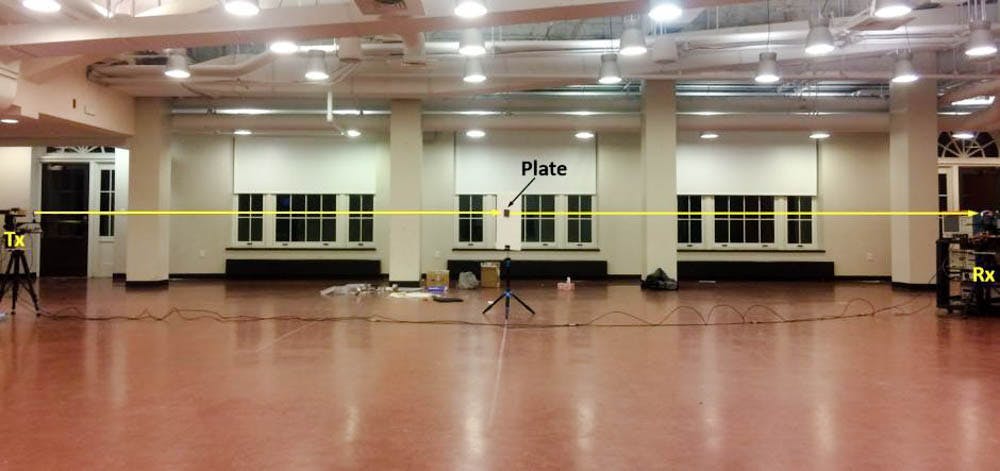While the future of data transmission may lie in the hands of terahertz technology, there is still a ways to go until it is crowned heir to the tech throne. A recent study showed that transmissions in terahertz waves are still as vulnerable to eavesdropping as other forms of communication such as microwave transmissions.
Terahertz communications use a range of transmissions that are still being analyzed and researched, but they show great promise, said Jianjun Ma, a postdoctoral research associate and co-author of the study. While traditional microwave technology transmits megabytes of data per second, terahertz technology could accommodate transmissions of up to a thousand gigabytes per second, he added.
In its current state, the angle of terahertz transmission is very narrow — close to 4 degrees — which means that it is more secure than traditional methods, said Daniel Mittleman, professor of engineering and co-author of the study. Because of this, the sender and receiver need to be facing each other to allow for proper communication. Microwaves, on the other hand, have an angle of transmission close to 120 degrees. While this wide angle allows for greater convenience, it also provides a wider net for eavesdropping and interception of messages, he said. Additionally, terahertz transmissions must be conducted across short distances of up to one or two kilometers, as the waves are affected by the atmosphere, Ma added.
The researchers sought to test if terahertz transmissions were as vulnerable to eavesdropping as microwave transmissions are. Hardly anyone is asking, “‘What are (the) security implications associated with that change?’” Mittleman said. Using different shapes of metal items, like plates and pipes, the team was able to fully intercept a transmission when the object was placed at the edge of the 4-degree angle, allowing for a scattered portion of the message to be shot out and received by an eavesdropper, he said. This showed that while terahertz transmissions have a lower risk of eavesdropping due to their narrow angle, they are still vulnerable to interception, Mittleman added.
Despite their limitations, terahertz transmissions can be applied to both current technology and future endeavors, Ma said. Faster communications between phones, laptops and even satellites could be feasible, he added. “It’s not going to replace existing wireless (technology), but when you need a really, really high data rate, and you only want to go 100 meters, it’s going to be the way to go,” Mittleman said.
Following this experiment, the team hopes to further test the functionality of terahertz transmissions in various weather conditions as well as explore different antennas and lenses which could make the angle of transmission even narrower, Ma said.
Terahertz transmissions may be seen as the future of wireless data communication within the next 10 years, Mittleman said. As new generations of communication, such as 5G data, proliferate, bandwidth will become crowded and slow due to a growing number of wireless and Bluetooth devices. Terahertz may shine as a viable way to avoid crowded spaces and allow for fast and efficient communication.
“We see terahertz wireless as inevitable one day, and so we better start solving the problems now,” Mittleman added.





